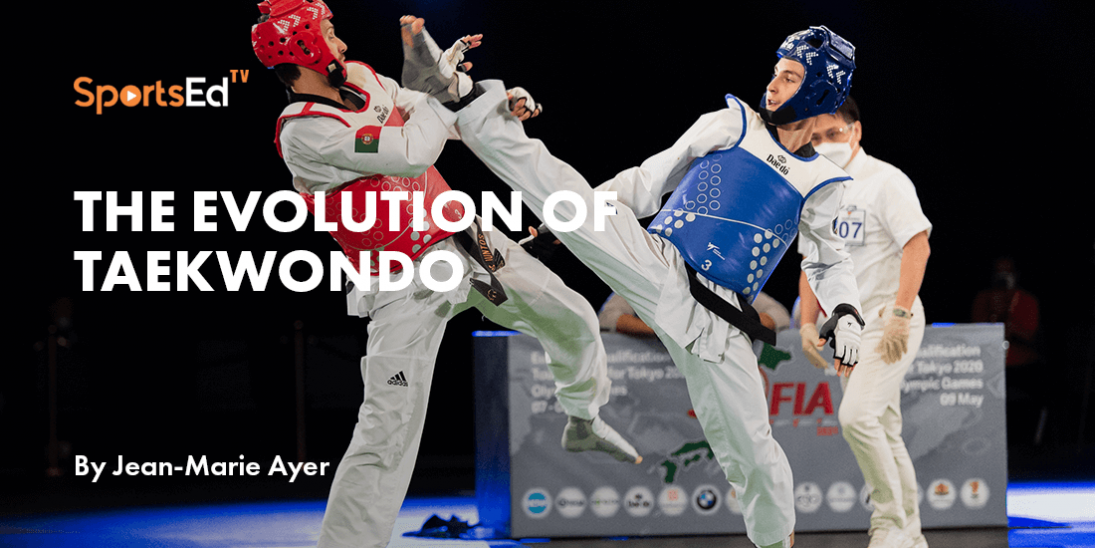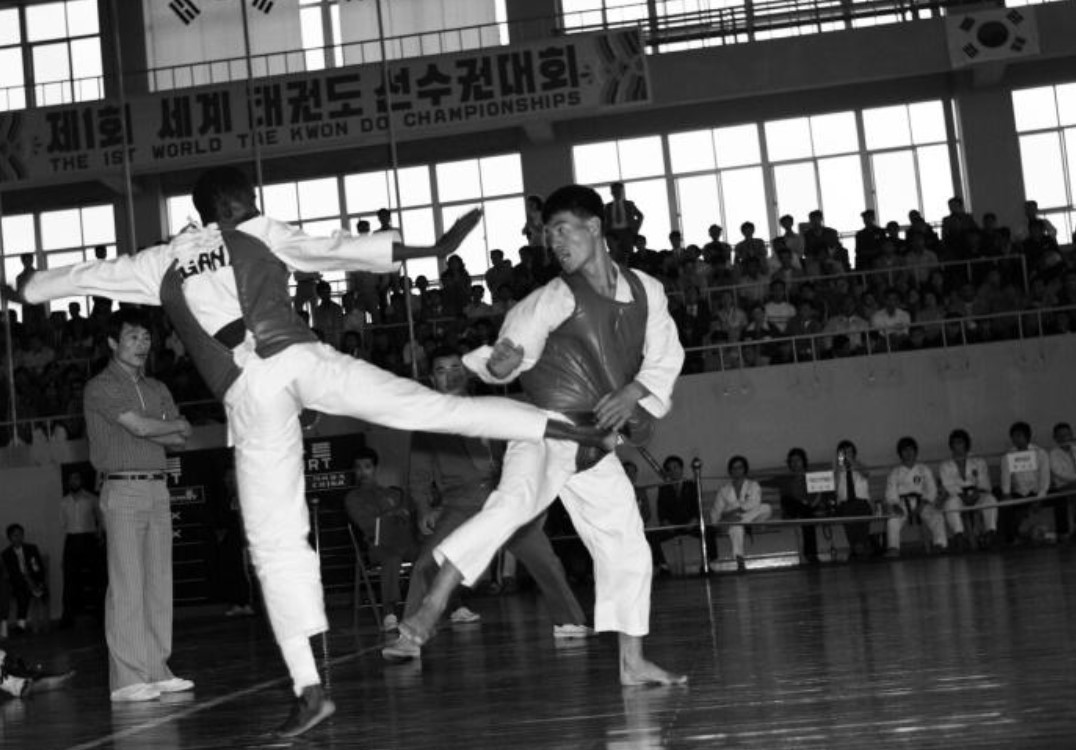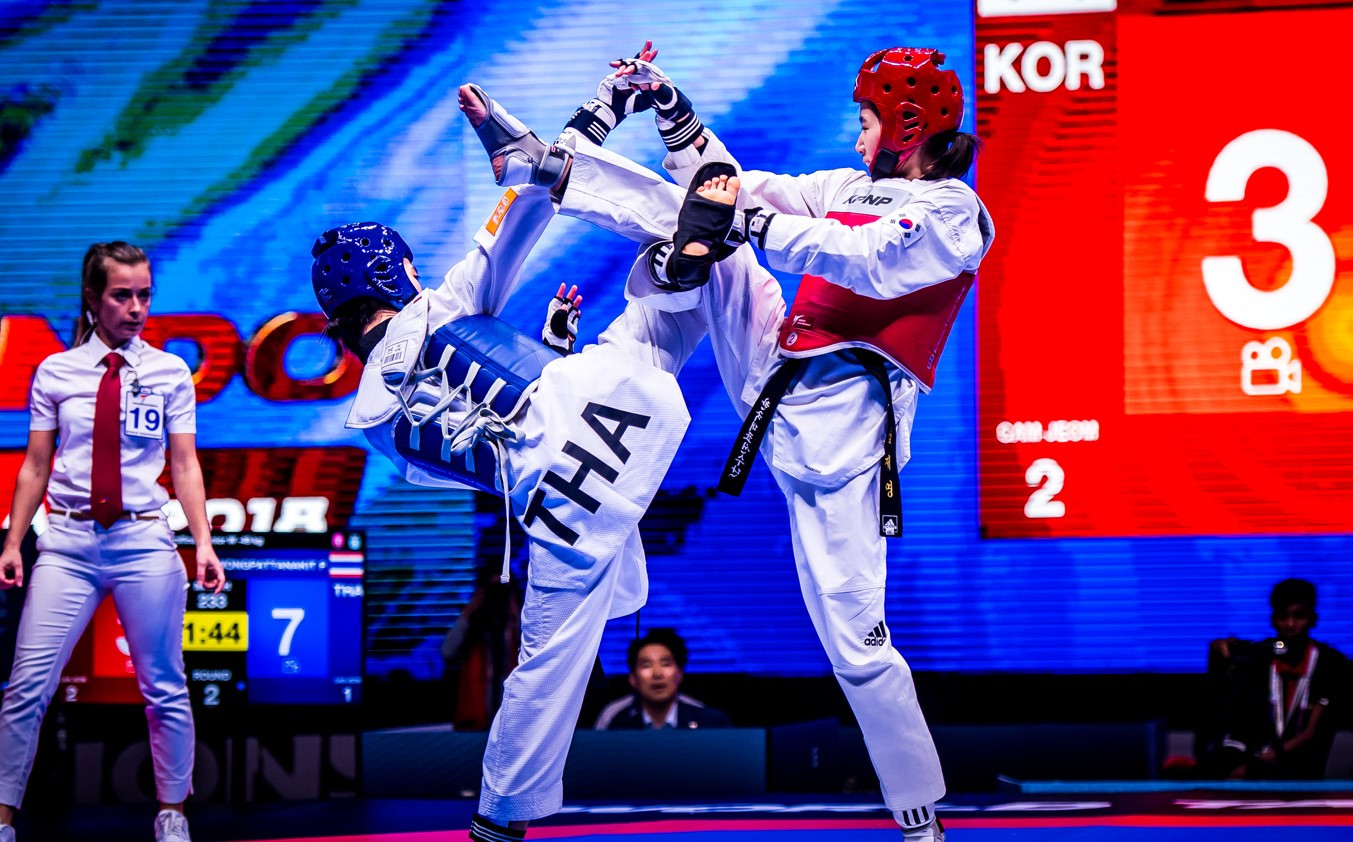Martial Arts, Taekwondo
Welcome and thanks for visiting...

The Evolution of Taekwondo: Reflections on the World Championships Over the Years

Taekwondo, a Korean martial art that focuses on fast and powerful kicks, has come a long way since its inception. From being a form of self-defense, Taekwondo has evolved into a competitive sport that attracts thousands of athletes and spectators from all over the world. One of the most significant events in the world of Taekwondo is the World Championships, which has been held annually since 1973. Over the years, the World Championships have witnessed some of the most astonishing feats of athleticism, bringing together the best Taekwondo practitioners from around the globe. As an avid follower of Taekwondo and its evolution over the years, I have been mesmerized by the transformation of the sport and how it has become more dynamic, more technical, and more exciting to watch. In this article, we will reflect on the evolution of Taekwondo by looking back at some of the most memorable moments in the World Championships. Let's dive in!
Early days of Taekwondo
Taekwondo has its roots in the ancient Korean fighting styles of Taekkyeon, Subak, and Gwonbeop. These styles were developed over centuries by Korean warriors and peasants as a way of self-defense and physical fitness.
The early days of Taekwondo were marked by a great deal of experimentation and innovation. In the late 1940s and early 1950s, several different martial arts schools in Korea began to develop their own unique styles of Taekwondo. These schools were often led by former military officers or martial arts masters who had studied different fighting styles.
One of the most important figures in the early days of Taekwondo was Choi Hong Hi. Choi was a former Korean military officer studying several martial arts. In 1966, he founded the International Taekwon-Do Federation (ITF), which became the world's first Taekwondo organization.
The ITF promoted a style of Taekwondo that emphasized kicking techniques. Choi believed that kicking was the most effective way to defend oneself against an attacker. He also believed that Taekwondo should be a martial art for everyone, regardless of age, gender, or physical ability. The ITF's style of Taekwondo quickly gained popularity in Korea and around the world. In 1973, the World Taekwondo Federation (WTF - renamed to World Taekwondo in 2017) was founded as a rival to the ITF. The WTF promoted a style of Taekwondo that emphasized sparring and competition, and it gained rapid popularity for a number of reasons. The WTF's style of Taekwondo became the dominant form of Taekwondo in the world, and today, it is practiced by millions of people in over 200 countries. Taekwondo is also an Olympic sport and has been included in the Olympic Games since 2000.

Taekwondo as an Olympic sport
Taekwondo made its debut as an Olympic sport at the Sydney 2000 Olympic Games. This was a significant milestone for the sport, as it had taken many years of lobbying by the World Taekwondo Federation (WTF) to get Taekwondo recognized as an Olympic sport.
Since then, Taekwondo has become a regular feature at the Olympic Games, with competitions held for both men and women. The sport has continued to evolve, with new techniques and strategies being developed to help athletes gain an advantage over their opponents.
World Taekwondo Championships - the beginning
The World Taekwondo Championships were first held in 1973 in Seoul, South Korea. The competition was organized by the WTF and was open to all Taekwondo practitioners from around the world.
The first World Championships were a huge success, with athletes from 19 countries participating. The competition was won by South Korea, who dominated the sport in the early years. The success of the first World Championships helped to establish Taekwondo as a global sport and paved the way for future competitions.

Evolution of the World Taekwondo Championships
Over the years, the World Taekwondo Championships have evolved into one of the most prestigious events after the Olympic Games. It is held every two years (in an odd year) and features the best athletes from around the world. The 2023 World Taekwondo Championships in Baku, which coincided with the 50th anniversary of World Taekwondo, saw athletes from 144 countries plus a Refugee Team compete in 16 weight categories (8 men and 8 women) for the world title and vital qualification points for the Paris 2024 Olympic Games.
Notable moments in World Taekwondo Championship history
The World Taekwondo Championships have witnessed some of the most astonishing feats of athleticism in the sport's history. Here are some of the most notable moments:
In 1987, South Korean athlete Jeong Kook-Hyun became the first athlete to win four consecutive World Championship titles.
Hadi Saei became a taekwondo legend when he won his first World Championship title in Edmonton in 1999. He went on to win the gold medal at the 2004 Olympic Games in Athens, the 2005 World Championships, and the 2008 Olympic Games in Beijing. Saei is the first Iranian athlete to win an Olympic gold medal in taekwondo.
Steven Lopez of the United States made history in 2001 when he won his first gold medal at the World Championships. He went on to win four more gold medals at the World Championships, as well as two Olympic gold medals. Lopez is one of the most decorated taekwondo athletes in history.
Hwang Kyung Seon is one of the most decorated female taekwondo athletes in history. She won her first gold medal at the 2005 World Championships in Madrid, and she went on to win two gold medals and one bronze medal at the Olympics. She is the first woman to win three Olympic taekwondo medals.
2019 Refugee Olympic Team Participation. The World Championships in Manchester, United Kingdom, saw the participation of a team of refugee athletes. This inclusion demonstrated the power of taekwondo in promoting unity, diversity, and Olympic values.

Changes in rules and regulations over the years
As with any sport, Taekwondo has undergone changes in its rules and regulations over the years. These changes have been made to improve the safety of athletes, to make the sport more exciting to watch, and to keep up with advances in technology.
The electronic scoring system was one of the most significant changes to the World Championships. It was first used at the London 2012 Olympic Games, and it consists of body armor fitted with electronic sensors that register kicks and punches if they are applied with sufficient force. This technology allowed for more accurate scoring and helped to reduce the number of disputed decisions. The introduction of electronic scoring also led to changes in the rules and regulations of the sport, as athletes and coaches adapted their strategies to take advantage of the new system.
Another significant change to the rules of Taekwondo is the use of video replays to review contentious decisions. This allows referees to review close calls and make sure that the correct decision is made. This has helped to improve the accuracy of scoring, and it has also helped to protect athletes from unfair decisions.
The protective gear worn by athletes in Taekwondo has also been changed over the years. The old gear was made of leather and was not very effective at protecting athletes from injuries. The new gear is made of synthetic materials and is much more effective at protecting athletes from injuries. This has helped to make the sport safer for athletes.
Impact of technology on Taekwondo competitions
The characteristics that determine victory in Taekwondo have changed due to technological advancements, and as a result, the body shape of Taekwondo athletes has changed over time. In the early days of Taekwondo, athletes were typically shorter and stockier, with a lot of muscle mass. This was because the sport was more focused on power and strength. However, as the sport has evolved, it has become more focused on speed and agility. As a result, athletes have become taller and leaner, with less muscle mass.
This change in body shape is due to a number of factors, including the introduction of electronic scoring, the development of new training techniques, and the rise of female athletes in the sport. Electronic scoring has made it more important for athletes to be able to move quickly, as they can no longer rely on power and strength to win matches. New training techniques have focused on developing speed and agility, which has led to athletes becoming taller and leaner. Finally, the rise of female athletes in this sport has also led to a change in body shape, as female athletes tend to be taller and leaner than male athletes.
Technology has also had an impact on the way Taekwondo is broadcast and consumed, with live streaming and social media allowing fans to follow the sport from anywhere in the world.
The current state of Taekwondo
Taekwondo continues to grow in popularity around the world, with more athletes taking up the sport every year. The sport has become more dynamic, more technical, and more exciting to watch, with new techniques and strategies being developed all the time.
The sport is also becoming more inclusive, with efforts being made to increase female participation and to make the sport more accessible to athletes from diverse backgrounds. The World Taekwondo Federation has also launched a number of initiatives to promote the sport and to develop young talent, including the Taekwondo Humanitarian Foundation and the Taekwondo Cares program.
Conclusion
The evolution of Taekwondo over the years has been remarkable, with the sport transforming from a form of self-defense to a competitive sport that attracts athletes and fans from all over the world. The World Taekwondo Championships have played a significant role in the sport's development, providing a platform for the best Taekwondo athletes to showcase their skills and compete at the highest level.
As the sport continues to evolve, it will be exciting to see what new techniques and strategies are developed and how technology will continue to shape the future of Taekwondo competitions. One thing is certain - Taekwondo will continue to be a dynamic and exciting sport that captures the imagination of athletes and fans alike.








